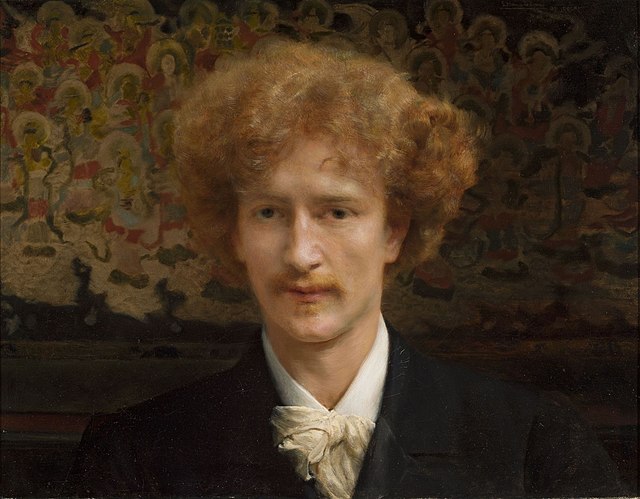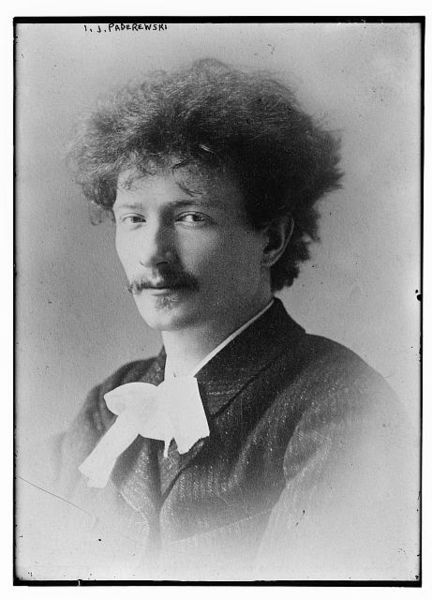Ignacy Jan Paderewski was a Polish pianist, composer and statesman who was a spokesman for Polish independence. In 1919, he was the nation's prime minister and foreign minister during which he signed the Treaty of Versailles, which ended World War I.
A portrait of Ignacy Jan Paderewski, by painter Lawrence Alma-Tadema, 1890
Paderewski photographed early in his career
Paderewski the pianist
Ignacy Jan Paderewski
Paris Peace Conference (1919–1920)
The Paris Peace Conference was a set of formal and informal diplomatic meetings in 1919 and 1920 after the end of World War I, in which the victorious Allies set the peace terms for the defeated Central Powers. Dominated by the leaders of Britain, France, the United States and Italy, the conference resulted in five treaties that rearranged the maps of Europe and parts of Asia, Africa and the Pacific Islands, and also imposed financial penalties. Germany, Austria-Hungary, Turkey and the other losing nations were not given a voice in the deliberations; this later gave rise to political resentments that lasted for decades. The arrangements made by this conference are considered one of the great watersheds of 20th-century geopolitical history.
Johannes Bell of Germany is shown signing the peace treaties on 28 June 1919 in The Signing of Peace in the Hall of Mirrors, by Sir William Orpen.
The British Air Section at the conference
The Australian delegation, with Australian Prime Minister Billy Hughes in the center
Woodrow Wilson, Georges Clemenceau, and David Lloyd George confer at the Paris Peace Conference (Noël Dorville, 1919)








